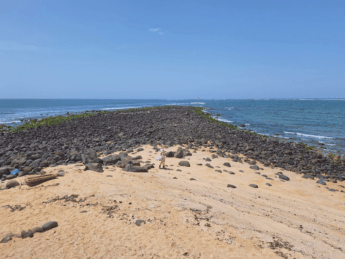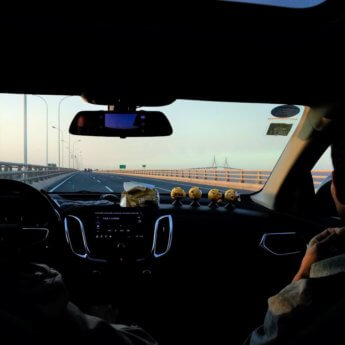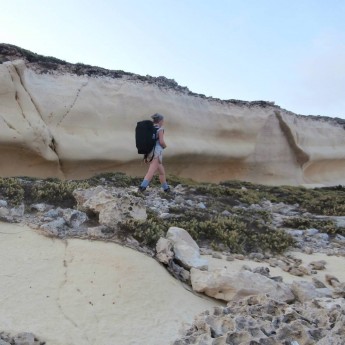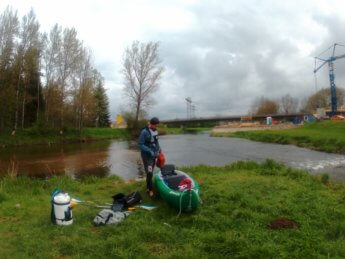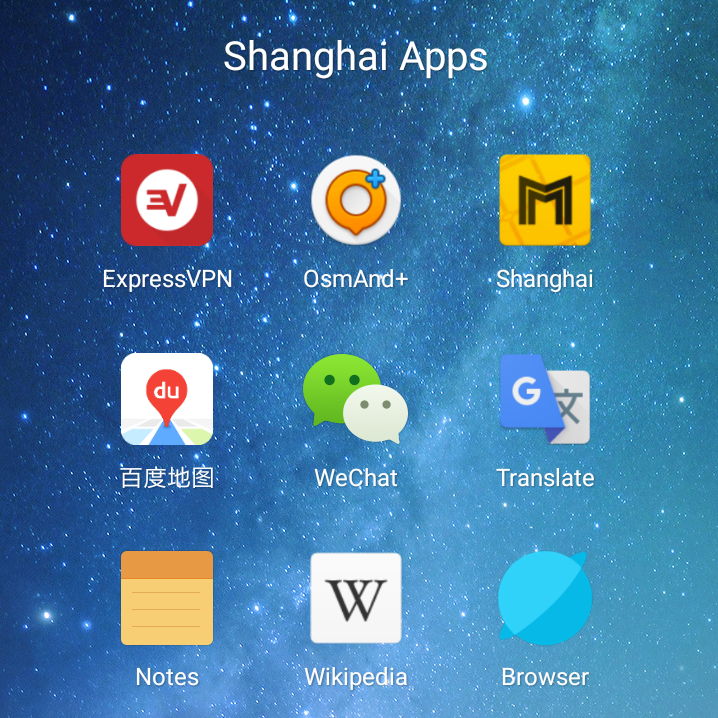
I would like to thank Iris for publishing this article. Her blog is a great place to follow her fearless and epic solo adventure and an amazing inspiration for female travelers looking to get over the fear of traveling alone. After reading this I recommend you check out her post on tackling sexual harassment when abroad. But first, learn about these online security tips:
For backpackers, hitchhikers, squatters, and couch surfers, we spend such a large amount of our time listening to the fear-mongering of others pointing out the dangers and flaws in the way we chose to live, that we’ve successfully, and tactically, learned to tune out security tips and take them with a hefty pinch of salt.
However, although on the road our calculated risks pay off and often result in unplanned and uncharted adventure, gambling with our online security is not as productive a move. It goes without saying that most travelers of the modern age rely heavily on the internet. Whether it’s to keep in touch with loved ones back home or to document your adventures on your blog, connecting to WiFi is an essential part of the journey no matter what else unfolds before you.
Why Is Online Security Important?
Online security is easily and understandably overlooked. Until you’ve suffered an infiltration, there’s no way to comprehend how disastrous, and generally frustrating, it can be. Unlike “getting in a car with a murderer”, as many of your close family and friends have warned you about, the chances of cyberattack are actually very likely as online security breaches come in many different shapes and sizes and are constantly on the prowl for new victims.
When traveling, the results of these attacks could be a nightmare. Whether it’s something simple such as contracting a virus and losing the use of your device or a more traumatic threat such as having your bank details intercepted and your bank account emptied, there are uncountable reasons why taking the steps to protect your machine is a worthwhile and essential pursuit.
1. Be Safe on Public WiFi
Public WiFi networks may be a godsend for vagabond travelers. Being able to connect and get our internet fix for free is pretty much exactly what we’re looking for. Unfortunately, these networks are notoriously insecure. This is because, once connected, your data is flying around completely visible and unprotected. In real life terms, this means that every time you enter payment details for something or input a password into an account it can easily be intercepted.
Luckily, there are a few ways to protect yourself in this situation. First, be wary about what you connect to: try and stick to WiFi networks of known locations and ones that require a password to connect are better options still. This helps you avoid connecting to rogue hotspots that are designed specifically to collect your data or infect you with a virus.
Next, be sure to have a Virtual Private Network (VPN) installed. This handy little piece of software creates a private connection between you and the VPN server before accessing the public network, which means your data is encrypted and you can browse safely and anonymously. Although setting up a payment package with a provider is probably your safest options, there are plenty of free VPNs on offer for those without much extra cash to spare.
2. Turn Off File Sharing
For some reason, very few computers have file sharing automatically switched off. This is the practice of allowing your files to be accessed and shared by other people connected to the same network as you are. Doing this poses obvious risks, especially for those of us who keep written records of our passwords, have PDFs with personal details on and store potentially incriminating photographs. It also means that on public networks it acts as a vulnerability point through which you can potentially contract malware.
Turning file-sharing off is an obvious and easy way to increase your protection whilst traveling. On a Windows computer this can be done through the connection settings under the network tab. Newer versions of the operating system also have a public network setting that automatically configures your device to stop sharing when you’re on an insecure network. On a Mac, you’ll find this setting in system preferences; you can either follow the route through the sharing icon or search “file sharing” once the preferences are open.
3. Password Protect
Passwords are undeniably a frustrating feature of our modern world. With so many accounts requiring the input of login details, it’s easy to see why so many of us re-use combinations every time we sign up. Unfortunately the downside of this is that if anybody does intercept one of your passwords—through an online hack or even from just glancing over your shoulder when you’re logging in at a coffee shop—then they immediately have access to all of your other accounts.
Having a unique password for each account means that even if one is infiltrated, the others aren’t at greater risk. If you’re worrying about remembering your passwords while on the road, then there are plenty of password management apps that you can download for free.
Similarly, by following a few password rules—such as making sure all passwords are over eight characters, using numbers, punctuation and capital letters and avoiding common phrases like “password” or your date of birth—you can significantly reduce the chance of successful brute force attacks. This is where hackers use specific programs to try numerous combinations and guess your password.
4. Two-Factor Authentication
Two-step authentication processes are becoming extremely common—especially for email, banking and other sensitive accounts—and are, unfortunately, a necessary evil for any traveler. The process works on the theory that while infiltrating one layer of security is easily doable, getting past two poses more of a challenge. For example, getting the password to your email account and logging in is a piece of cake for experienced hackers, but retrieving the code off the mobile phone associated with the account is a lot more difficult.
Most companies apply this system when the device logs in from a new location, which, for travelers, is pretty much every time you try to gain access. Although going through this process over and over again may seem time-consuming and frustrating, it’s by far one of the best ways to protect your accounts and you can rest safe in the knowledge that if you’re struggling to login, cybercriminals definitely have no chance! However, be aware that there are problems with some companies authentication systems when you leave the country, so make sure you do your research before setting your accounts up.
5. Back Up
Finally, and perhaps most important, this one can’t be said enough: back up. One way of doing it is by using a physical back up that you leave at home or in trusted hands, another one is by using cloud storage like Dropbox or Backblaze in combination with a VPN for extra security. Not only will this save your data if you fall victim to physical theft, it’s also a great way to protect yourself against certain types of malware. One particularly nasty breed, which has become known as “Locky”, is a type of ransomware that shuts down your computer until you pay a fee.
Ransomware has been on the rise over the last few years, particularly in Western Europe, so the likelihood for long-term travelers to contract the virus is increasingly possible. As there is no known solution, short of paying the ransom, falling victim to this scheme can be a disaster and can end up damaging your device irreversibly. By backing up your data, you can simply perform a factory reset and re-load everything from the back up files. This way you won’t lose all your holiday snaps, travel information and contacts and can continue to use your device as if nothing had happened.
Although these security risks are important and worth considering, you should never let them prevent you from getting out there and experiencing the world. By following these five steps, you can easily create a base-level of security that can allow you to make the most out of your travels without constantly worrying. If you think there are any more points worth noting, or have experience with security breaches when on the road, then be sure to leave a comment in the section below!
Enjoyable Read? Pin Me!
Jess Signet is a blogger who writes about technology, traveling and technology needed when traveling. Having visited places all over the globe, traveling is both her love and addiction. She does not want to be cured.




